How to Spot a Counterfeit Stamp
00 |
Counterfeit stamps became profitable once they started to become a collector’s item. As people began to pay large sums of money for them, counterfeiters started focusing on reproducing rare stamps to bilk investors. As technology advanced to include sophisticated printers and design apps, forgers could recreate convincing pieces. The large number of fakes has prompted postal services to implement greater measures against forgeries. So here are some measures you can take yourself to spot a fake... |
01 |
Proof Read
|
02 |
Check the Colours
|
03 |
Examine the Coils
|
04 |
Examine The Adhesive On The Back Of The Stamp
|
05 |
Check For Watermarks
|
Forged or Genuine?
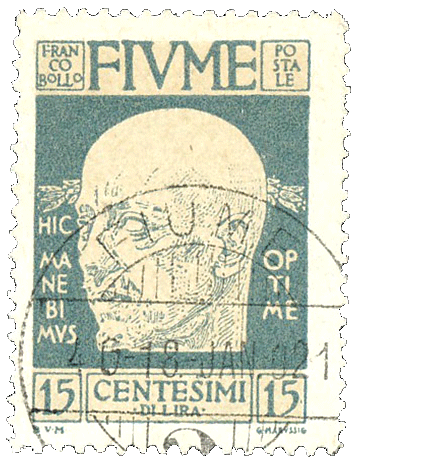
A |
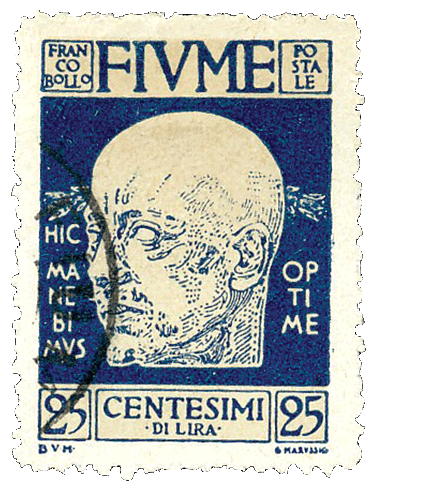
B |
|
The authentic stamp is A! The genuine have round “O”s and the “S”s with the base appearing to point level or downward, in the words “FRANCO BOLLO” and “POSTALE”. The forgeries have oval “O”s that lean to the left and the tail of the “S” points slightly upward.
|
|
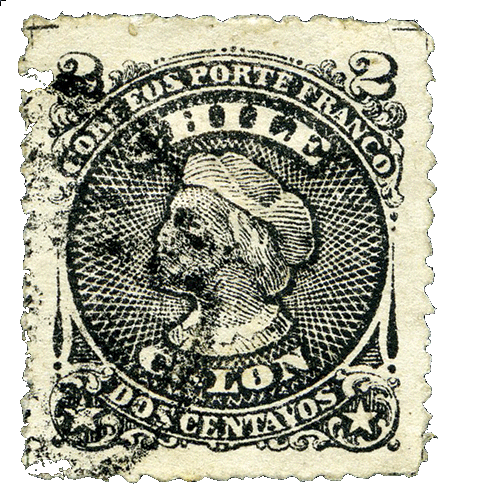
A |
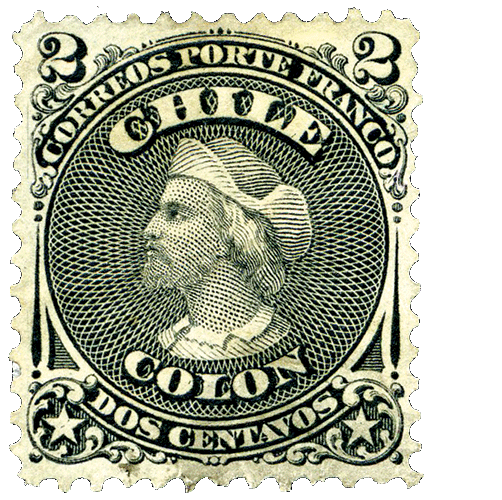
B |
|
The authentic stamp is B! In the genuine the background behind the head is composed of regular, thin engine-turned, curved lines forming a symmetrical design. In the forgery the white lines in the background around the head are thick, straight, and rather irregularly shaped. Thick, dark shading completely outline the head and is especially visible in the face.
|
|
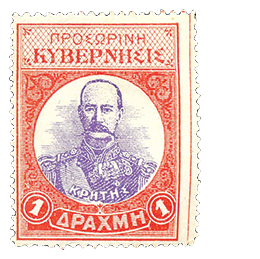
A |
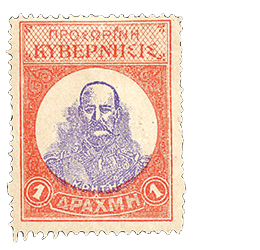
B |
|
The authentic stamp is A! In the genuine, the perf is 11.5 and the entire stamp is sharper than the forgery.It is printed on white, thin, and somewhat shiny paper. The forgery has large variety of perf sizes and is printed on duller somewhat yellowish paper.
|
|
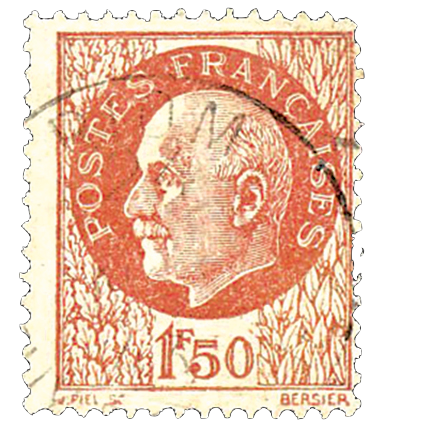
A |
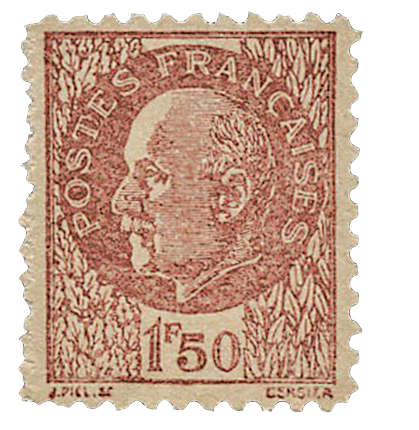
B |
|
The authentic stamp is A! In the genuine, the perf is 11.5 and the entire stamp is sharper than the forgery.It is printed on white, thin, and somewhat shiny paper. The forgery has large variety of perf sizes and is printed on duller somewhat yellowish paper.
|
|
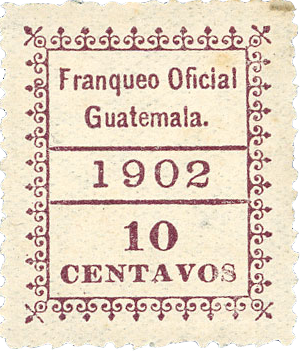
A |
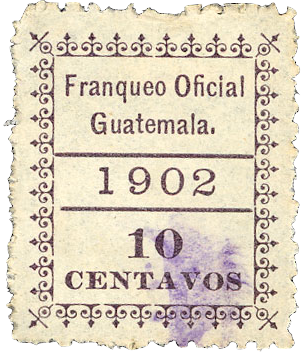
B |
|
The authentic stamp is B! The "f" and "i" in Oficial are joined in the authentic stamp, whereas the "f" and "i" in Oficial are seperated in the forged stamp.
|
|
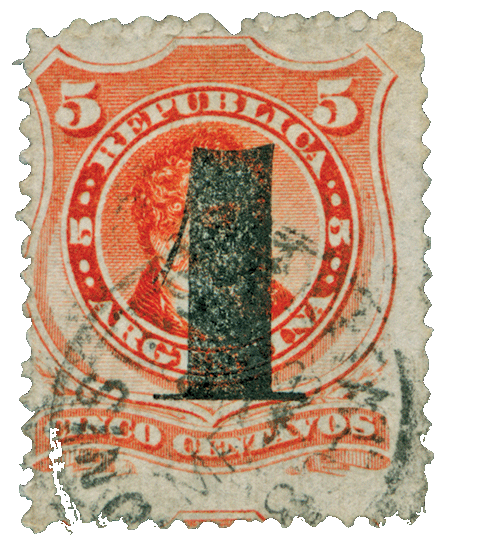
A |
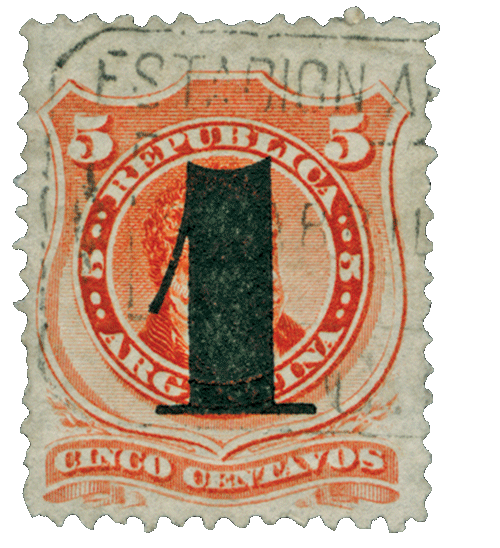
B |
|
The authentic stamp is B! In the genuine stamp the left serif of the “1” overprint is the same thickness as the right serif. In the forgery the left serif of the “1” is thinner than the right side.
|
|